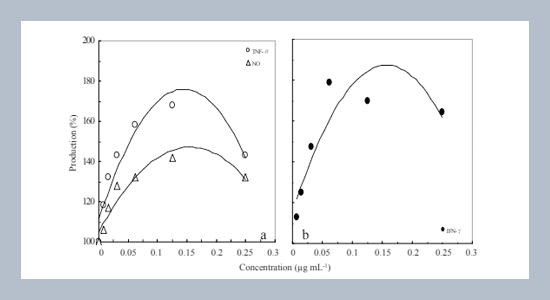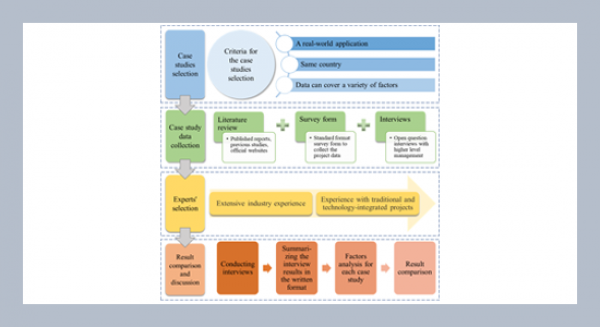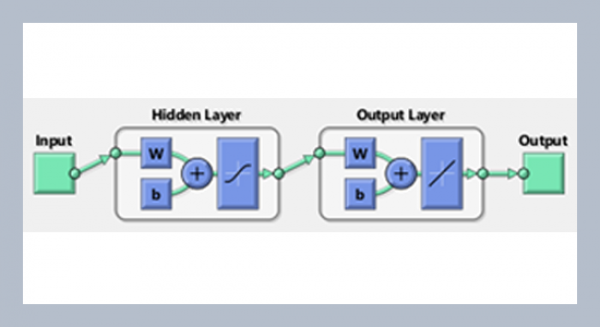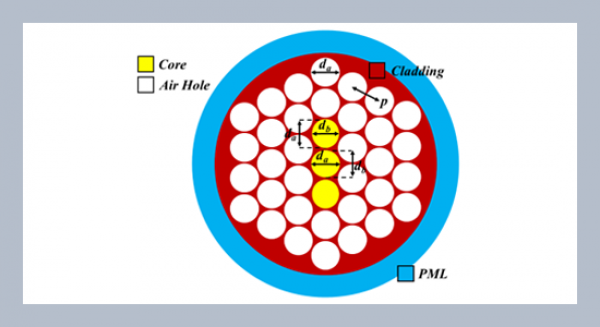REFERENCES
- [1] A.O.A.C. 1995. “Official Methods of Analysis”. Association of Official Analytical Chemists. Washington, D.C.
- [2] Dubois, M., Gilles, K.-A., Hamilton, J.-K., Robers, P.-A. and Smith, F. 1956. Colorimetric method for determination of sugars and related substances. Analytical Chemistry, 28: 350-356.
- [3] Hoppe, H.A. 1979. Marine algae and their products and constituents in pharmacy. In: Marine Algae in Pharmaceutical Science, edited by H.A. Hoppe, T. Levring, and Y. Tanaka. Walter de Gruyter, Berlin: 25-119.
- [4] Hori, K., Ikegami, S., Miyazawa, K. and Ito, K. 1988. Mitogenic and antineoplastic isoaggluinins from the red alga Solieria robusta. Physiochemistry, 27: 2063-2067.
- [5] Hudson, J.-B., Kim, J.-H., Lee, M.-K., DeWreede, R.-E. and Hong, Y.-K. 1999. Anti-viral compounds in extracts of Ko-rean seaweeds; Evidence for multiple activities. Journal of Applied Phycology, 10: 427-434.
- [6] Kawakubo, A., Makino, H., Ohnishi, J.-I., Hirohara, H. and Hori, K. 1997. The marine red alga Eucheuma serra J. Agardh, a high yielding source of two isolectins. Journal of Applied Phycology, 9: 331-338.
- [7] Liao, W.-R., Lin, J.-Y., Shieh, W.-Y. and Huang, R. 2003. Antibiotic activity of lectins from marine algae against marine vibrios. Journal of Industrial Microbiology & Biotechnology, 30: 433-439.
- [8] Lima, H.-C., Costa, F.-H.-F., Sampaio, A.-H., Neves, S.-A., Benevides, N.-M.-B., Teixeira, D.-I.-A., Rogers, D.-J. and Freitas, A.-L.-P. 1998. Induction and inhibition of human lymphocyte transformation by the lectin from the red marine alga Amansia multifida. Journal of Applied Phycology, 10: 153-162.
- [9] Mossman, R. 1983. Rapid colorimetric assay for cellular growth and survival: Application to proliferation and cytotoxicity assays. Journal of Immunological Methods, 65: 55-63.
- [10] Nika, K., Mulloy, B., Carpenter, B. and Gibbs, R. 2003. Specific recognition of immune cytokines by sulphated polysaccharides from marine algae. European Journal of Phycology, 38: 257-264.
- [11] Okai, Y., Okai, K.-H., Ishizaka, S. and Yamashita, U. 1997. Enhancing effect of polysaccharides from an edible brown alga, Hizikia fusiforme (Hiziki), on release of tumor necrosis factor–αfrom macrophages of endotoxin-nonresponder C3H/HeJ mice. Nutrition and Cancer, 27: 74-79.
- [12] Otterlei, M., Ostgaard, K., Skjak-Braek, G., Smidsrod, O., Soon-Shiong, P. and Espevik, T. 1991. Induction of cytokine production from human monocytes stimulated with alginate. Journal of Immunotherapy, 10: 286-291.
- [13] Seljelid, R., Figenschau, Y., Bogwald, J. Rasmussen, L.-T. and Austgulen, R.-E. 1989. Evidence that tumor necrosis induced by aminated beta 1-3D polyglucose is mediated by a concerted action of local and systemic cytokines. Scand. Journal of Immunology, 30: 687-94.
- [14] Shan, B.-E., Yoshida, Y., Kuroda, E. and Yamashita, U. 1999. Immunomodulating activity of seaweed extract on human lymphocytes in vitro. International Journal of Immunopharmacology, 21: 59-70.
- [15] Son, E.-H., Moon, E.-Y., Rhee, D.-K. and Pyo, S. 2001. Stimulation of various functions in murine peritoneal macrophages by high manuronic acid-containing alginate (HMA) exposure in vivo. International Journal of Immunopharmacology, 1: 147-154.
- [16] Whyte, J.-N.-C. 1988. Extraction of alginic acid from a brown seaweed. In: Experimental Phycology- A Laboratory Manual, edited by C.S. Lobban, D.J. Chapman and B.P. Kremer. Cambridge University Press: 168-173.
- [17] Yamamoto, I., Takahashi, M., Tamura, E. and Maruyama, H. 1982. Antitumor activity of crude extracts from edible marine algae against L-1210 Leukemia. Botanica Marina, 25: 455-457.
- [18] Yoshizawa, Y., Enomoto, A., Todho, H., Ametani, A. and Kaminogawa, S. 1993. Activation of murine macrophages by polysaccharide fractions from marine alga (Porphyra yezoensis). Bioscience Biotechnology Biochemistry, 57: 1862-1866.















